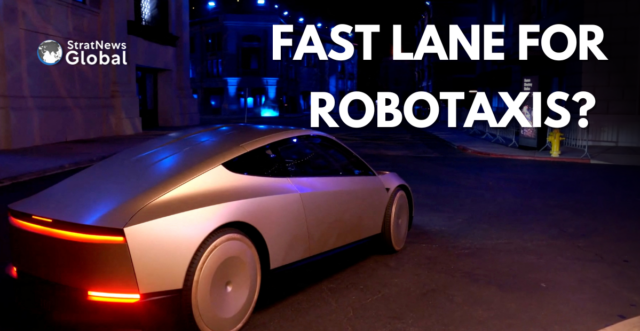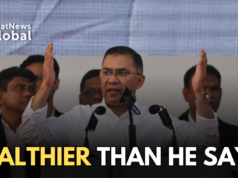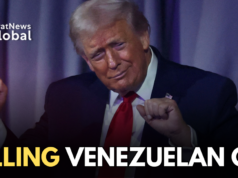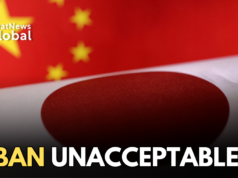As Tesla’s electric-vehicle sales level off, CEO Elon Musk has turned his focus toward a future where Tesla’s self-driving cars operate as fully autonomous robotaxis. However, Tesla faces substantial regulatory and technological challenges in bringing this vision to life. Now, with Musk as a key supporter of President-elect Donald Trump, he may have an influential role in pushing for federal regulatory changes that could ease Tesla’s path to autonomous driving.
Musk’s Influence
Tesla’s path to deploying driverless vehicles has been complicated by a patchwork of state laws. Musk has repeatedly expressed frustration with the “painful” state-by-state regulations and is advocating for a single federal standard. With Musk’s close ties to Trump, including a role as a potential “efficiency czar,” he could push for national regulations that override stricter state laws.
On the commercial front, Tesla lags behind competitors like Waymo, which has logged millions of testing miles and secured approvals to operate commercial robotaxis in California. By contrast, Tesla has not pursued the rigorous California driverless-vehicle permits that would allow it to operate without a human driver, instead focusing on its “Full Self-Driving” (FSD) system that still requires driver oversight.
Autonomous Driving And Legal Risks: Challenges Beyond Regulation
Even if Musk succeeds in streamlining regulations, Tesla still faces technological and legal hurdles. Unlike competitors such as Waymo, which employs extensive sensor systems and redundant safety features, Tesla relies solely on “computer vision” with cameras and artificial intelligence to interpret road environments. This approach, while cost-effective, is less advanced than radar- and lidar-based systems used by rivals.
Additionally, experts note that deploying a fully autonomous vehicle model would expose Tesla to new liability risks. Without stringent government regulations to fall back on, Tesla could face increased legal responsibility for crashes, as it can no longer shift blame to human drivers for mishaps. Insurance coverage for truly autonomous vehicles also remains an uncharted area, as standard consumer policies do not currently cover fully self-driving cars.
High Stakes for Tesla’s Autonomous Vision in a Lightly Regulated Environment
Light or minimal regulation in some states, such as Texas, presents an opportunity for Tesla but comes with significant risks. Without the rigorous testing and approvals that California’s system requires, Tesla would need to ensure its technology is fully reliable to avoid substantial legal repercussions. While Musk has assured that Tesla will soon have “billions of miles” of data to support its safety claims, the lack of formal regulatory approval leaves Tesla more vulnerable to liability.
As the Trump administration considers reshaping autonomous driving regulations, Musk’s close connection to Trump could offer Tesla a path to federal support. However, the stakes remain high, with Tesla needing to navigate complex legal, technological, and insurance challenges before Musk’s vision of a national Tesla robotaxi fleet can become reality.
(With Inputs from Reuters)
Research Associate at StratNewsGlobal, A keen observer of #China and Foreign Affairs. Writer, Weibo Trends, Analyst.
Twitter: @resham_sng





